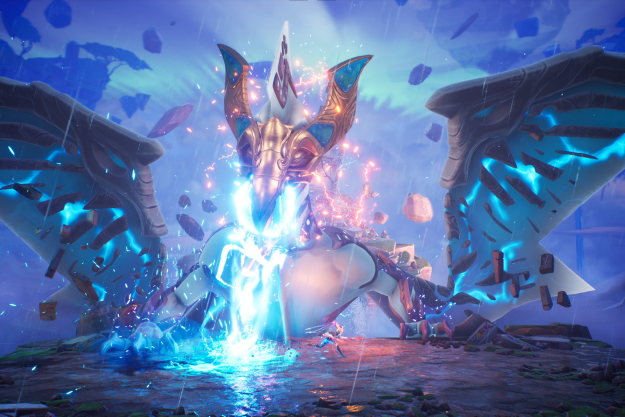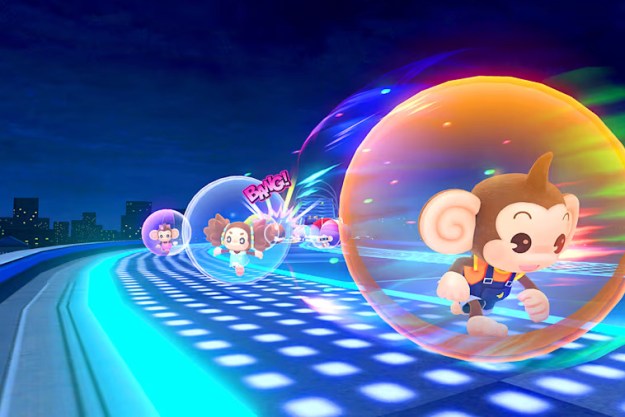
Taking place in a “virtual crash testing facility,” Danger Zone tasks players to “crash for cash” and create as much mayhem as possible while avoiding destruction themselves. Like Criterion’s Burnout series before it, Danger Zone will feature a “SmashBreaker” ability that allows for cars to get out of jams and continue causing chaos — increasing their score on the game’s global leaderboards.
One feature missing from Danger Zone, in large part due to developer Three Fields Entertainment’s small size, is multiplayer. The experience is single-player only, and will feature “20 unique crash testing scenarios.”
The game’s main source of inspiration is the “Crash” mode from Burnout 3, one of the series’ best installments. Crash mode threw racing out the window in favor of total vehicular destruction.
“Danger Zone takes what made the Crash mode feature in 2004’s Burnout 3: Takedown so popular and transforms it into an all-new car-crashing, arcade-style puzzle game,” Three Fields Entertainment CEO Fiona Sperry said in a release sent to Polygon.
Danger Zone releases as a digital title for PlayStation 4 and PC this May, with no current plans to bring it to other consoles. The game’s development only began this past December, with Three Fields’ Alex Ward telling Eurogamer that the game’s short development time is necessary to keep the studio running, and that his team plans to release three or four games this year alone.
Editors' Recommendations
- Fortnite gets in-game video chat feature on PC, PlayStation 4, and PlayStation 5
- PlayStation could bring a portable game controller to PC and TV


